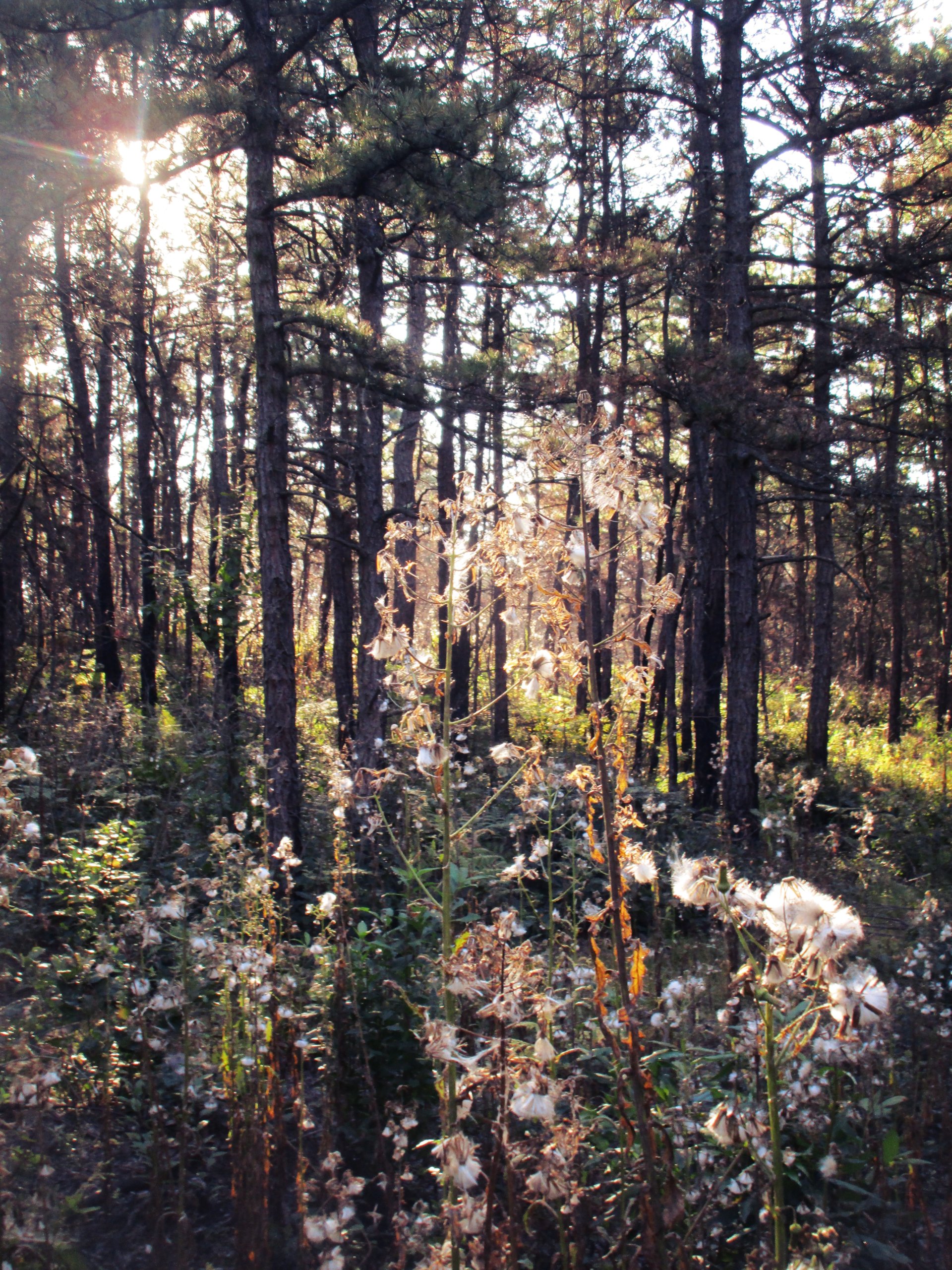Glaciers Are Melting-But They’ll Be Back
Glaciers Are Melting-But They’ll Be Back
by Daniel W. Van Riper, Mar./Apr. 92
Planet Earth has had some nice weather lately, the best in a thousand years. Don’t expect it to last, though. The forecast calls for drier deserts, higher levels of seawater, more intense storms, and more rain over wet areas. In the extended forecast, sheets of ice will cover much of the Northern hemisphere.
This bad news came in an excellent presentation by Earth Scientist Dr. Peter Buttner at the January 15 Pine Bush dinner at the Unitarian Church. Dr. Buttner’s concise speaking style and beautiful collection of slides earned enthusiastic applause from the approximately 50 people who stayed after dinner to hear him speak.
"Most of the past is uncomfortable," said Dr. Buttner. "We are living in comfy times." He is heavily involved with dating and analyzing successive layers of ice collected by boring holes in glaciers. A layer of ice forms every year, like tree rings, and resembles stratified rock. Glaciers can be tens of thousands of years thick. By analyzing each layer, especially for how much carbon dioxide it contains, much can be learned about the weather in that particular year.
For the past 10,000 years, the Earth has been getting cooler. During that time, however, there have been four short-term warming periods. We are living in one of those periods now.
"In the past one hundred years" said Dr. Buttner, "glaciers have retreated dramatically all over the world." All of that melted ice has ended up in the ocean. A lot of extra heat has also ended up in the oceans, making them expand. Sea levels have risen all over the world, and shorelines have retreated. For example, Jones Beach on Long Island has retreated some 800 feet in the past 32 years. "Long Island," said Dr. Buttner, "is getting smaller."
An increase of carbon dioxide in the atmosphere from the year 1880 to present appears to be the reason for this warming. Heat from solar energy is trapped close to the Earth’s surface by this gas, causing the famous greenhouse effect. It has not been determined if this increase is man-made or natural, according to Dr. Buttner. It is known that if present trends continue, the amount of carbon dioxide in the atmosphere will double by the year 2058. This will cause havoc with our weather, and sea levels will continue to rise, perhaps as much as 120 inches by the year 2125.
This will give our children and grandchildren something to look forward to.
The last portion of Dr. Buttner’s presentation dramatically illustrated the fragility of shorelines in our present day. When hurricane Hugo hit the South Carolina coast a year ago, he rented a plane and surveyed the damage, taking numerous slide photographs. When Hugo hit land, water rose as much 40 feet and washed eight miles inland. In Charleston, the water rose 10 feet in one hour. Luxury condos and hotels lining the shore looked as if they had been blasted by explosives. Rows of houses were torn off their foundations and deposited inland like piles of trash waiting to be picked up.
Dr. Buttner was especially irked by the tendency to build and rebuild on barrier islands, especially in the wake of Hugo. Barrier islands are essentially off-shore sand dunes that shift naturally with wind and tides. Millionaires love to build beach houses on these islands, which are tossed off the islands like sand during severe storms. The houses are then immediately rebuilt with money provided by the Federal Government flood insurance. Taxpaying working people provide temporary vacation houses for very rich people. In the aftermath of Hugo, rebuilding began on these play houses before essential services were restored inland.
Controversial Sand
by Daniel W. Van Riper, Mar./Apr. 92
In the last newsletter, we reported that Dr. Harvey Alexander of the College of Saint Rose told SPB that the grains of sand in the Pine Bush sand dunes were angular, with sharp and jagged edges. He felt that this indicates that the sand has not had much of a chance to blow about in the wind. If it had, it would be smoother and more rounded. He considers this strong evidence that a mat of vegetation covered the dunes almost immediately after the disappearance of the enormous lake that covered the Pine Bush and deposited the sand.
Not so, says Dr. Peter Buttner. The sand is rounded and therefore has been blown about in the wind. As evidence of his claim, he pulled a vial of sand collected from the surface of a dune along Rt. 155, and poured some into this writer’s hand. Through Dr. Buttner’s pocket microscope, I observed that yes indeed the grains were rounded, not at all sharp. They were not perfectly round, however. Most had a certain angularity to them.
Presumably the surface sand would be rounder than the sand beneath it, because it is closer to the wind. But is this really true? Is this rounding of sand grains a record of ancient breezes, or more recent events? How angular is the sand six inches down, or twenty feet deep? Also, sand dunes are usually caused by wind. Doesn’t this imply that almost all of the sand in the Pine Bush had to have been blown about, at least for a while?
Dr. Buttner did not know offhand of any studies that have been done with the shape of Pine Bush sand. We welcome any references that readers of this newsletter can provide.

